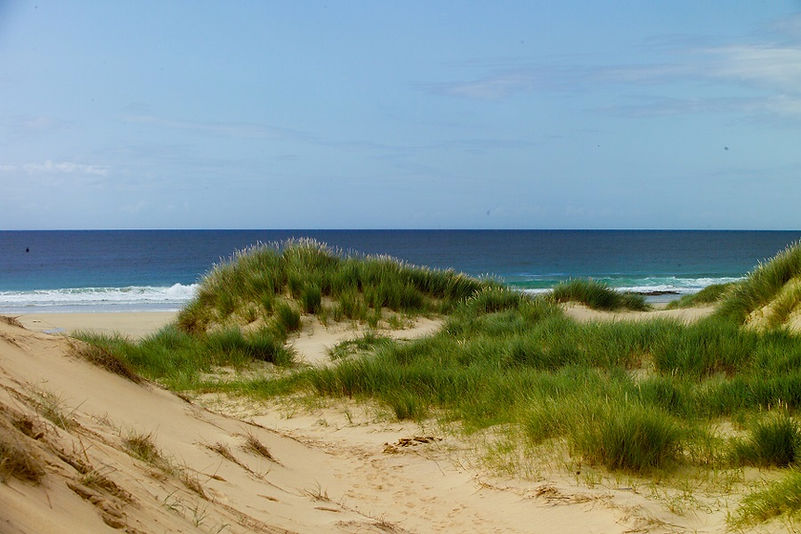
Best Practise Recommendations

Best Practise Recommendations
The PDF file to the left provides a summary of recommendations for best practices on shale gas development oriented toward the provision of consistent regulation. Specifically, the report provides suggestions for improving the 2014/70/EU “Recommendation on minimum principles for the exploration and production of hydrocarbons (such as shale gas) using high-volume hydraulic fracturing” (EC, 2014).
The report adopts the premise that hydraulic fracturing can be viewed as any other industrial activity, which should be subject to regulations to ensure its safety to human and environmental health. While we concentrate on technical issues, we also address social issues, on the basis of our personal interactions with various stakeholders, but without specific social sciences support. Along this line and in view of the complexity and rapid evolution of the field we suggest that a collaborative setting, involving not only regulators and companies but also affected communities, be adopted for the application of regulations. We make technical suggestions for most aspects of the 2014 Recommendation.
Specifically, we suggest:
-
Public concerns and acknowledges the right of affected communities to benefit directly from shale gas extraction.
-
The need for a step forward in Risk Assessment, making it a tool for effective risk management, including extraction operations, monitoring and mitigation. Specifically, a proper Risk Assessment demands site specific numerical models to improve site management, increase understanding of geohazards, and anticipate possible problems.
-
The need to treat monitoring not as a passive exercise mainly oriented to measuring impact. Instead, it should be a proactive task that is oriented to guaranteeing that operation proceeds as expected and, if not, helps on defining corrective and mitigation actions, before impacts occur.
-
The need to include corrective and mitigation action explicitly in future regulations.
-
The need to acknowledge risks of induced seismicity.
-
The need for further research for improving modelling tools for (1) real-time monitoring, (2) using monitoring data to improve site understanding and to update reservoir properties during production, and (3) early detection of anomalies, such as leakage events, for early definition of corrective and/or mitigation actions.
-
The need for further research for being able to hold a portfolio of leakage remediation techniques that can be implemented rapidly




